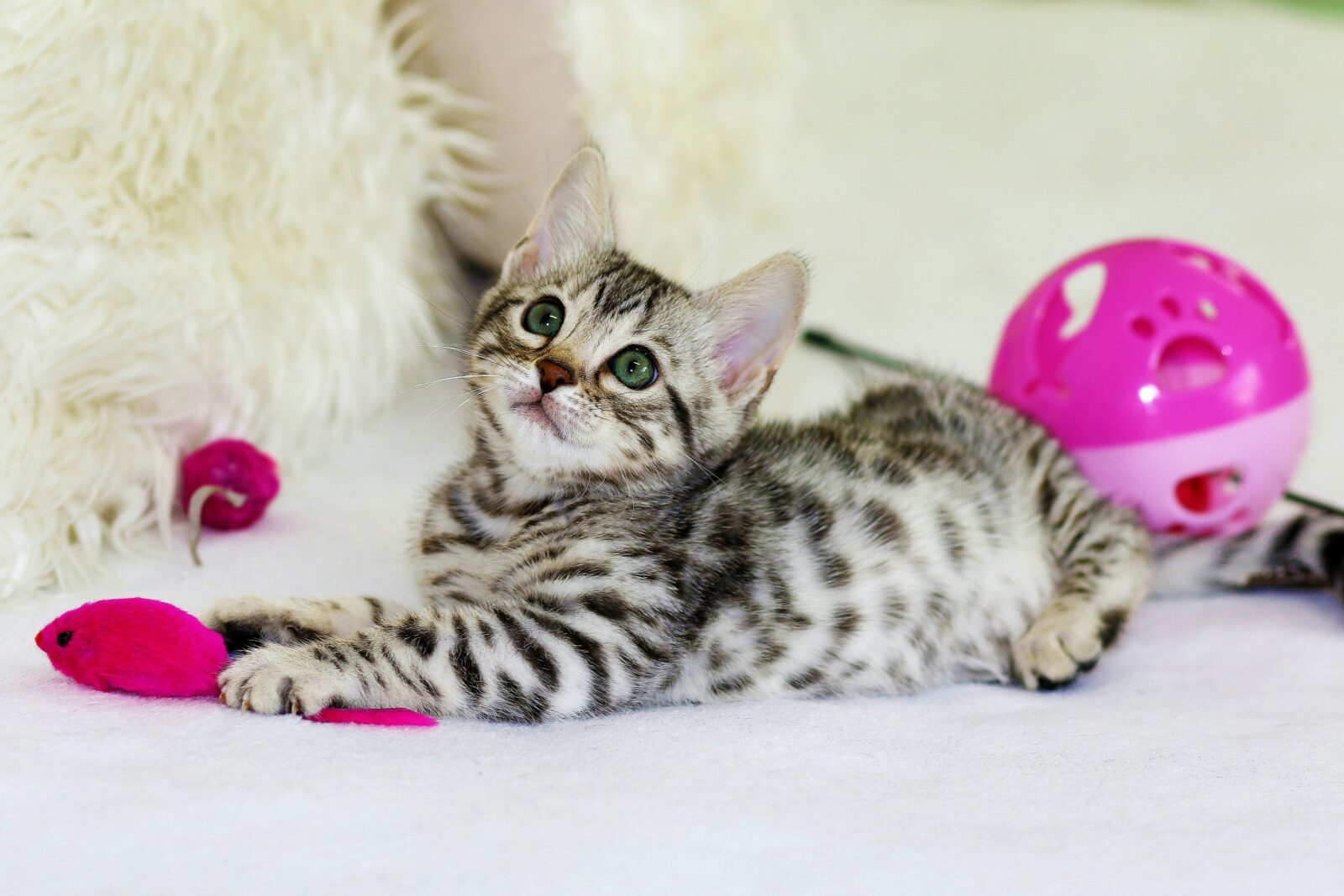Blog: How to Reduce Cat Dander & Allergies | Midwestern Pet Foods Recalls Dozens of Dog, Cat Foods Because of Salmonella Concerns
Introduction
Food safety is a crucial aspect of pet care, and recent recalls by Midwestern Pet Foods have raised concerns among pet owners. The recall, prompted by potential salmonella contamination, affected a wide range of dog and cat foods, posing a risk not only to pets but also to humans handling the contaminated products. This blog will discuss the implications of the recall, how salmonella contamination can affect your pet, and the steps you should take if you have purchased any of the recalled products. Additionally, we’ll explore the link between diet, food safety, and the management of cat dander and allergies.
Understanding the Midwestern Pet Foods Recall
1. Overview of the Recall
- Affected Products: In recent months, Midwestern Pet Foods issued a recall for dozens of dog and cat food products due to potential salmonella contamination. The recall includes various brands under the company’s umbrella, such as Sportmix, Pro Pac, and Nunn Better.
- Reason for Recall: The recall was initiated after routine sampling found that certain lots of pet food tested positive for salmonella, a bacterium that can cause illness in both pets and humans. The contamination was discovered during a product inspection by the Food and Drug Administration (FDA).
- Product Distribution: The recalled products were distributed nationwide in the United States and internationally. This widespread distribution has heightened concern among pet owners globally.
2. The Risks of Salmonella Contamination
- Health Risks for Pets: Salmonella can cause severe illness in pets, leading to symptoms such as vomiting, diarrhea, fever, and lethargy. In severe cases, it can result in life-threatening conditions, particularly in young, elderly, or immunocompromised animals.
- Human Health Risks: Humans handling contaminated pet food can also be at risk of contracting salmonella. Symptoms in humans include nausea, vomiting, diarrhea, abdominal cramping, and fever. Children, the elderly, and individuals with weakened immune systems are at greater risk of severe illness.
3. How to Identify Affected Products
- Checking Product Labels: Pet owners are advised to check the labels of their pet food products, looking for specific lot numbers and expiration dates provided by Midwestern Pet Foods in the recall announcement.
- Disposing of Recalled Products: If you identify that you have purchased a recalled product, it is crucial to dispose of it immediately. Do not feed it to your pets, and ensure that it is discarded in a way that prevents other animals from accessing it.
The Impact of Contaminated Food on Pet Health
1. Salmonella and Your Cat’s Health
- Symptoms of Salmonella in Cats: Cats infected with salmonella may exhibit symptoms such as diarrhea, vomiting, fever, and a decrease in appetite. In some cases, cats may become asymptomatic carriers, spreading the bacteria without showing signs of illness.
- Long-Term Health Effects: Chronic salmonella infections can lead to more serious health issues in cats, including sepsis, dehydration, and long-term gastrointestinal problems. In severe cases, it can lead to death.
- Transmission to Humans: Cats infected with salmonella can also transmit the bacteria to humans through their saliva or feces, further emphasizing the importance of food safety.
2. Dander Production and Allergies
- Diet and Skin Health: A cat’s diet plays a significant role in maintaining healthy skin and reducing dander production. Contaminated food can lead to gastrointestinal distress, which in turn can cause poor nutrient absorption, affecting skin and coat health.
- Stress and Dander: Illness and stress from foodborne pathogens like salmonella can exacerbate dander production, potentially worsening allergy symptoms in humans.
- Allergy Management: For those with cat allergies, managing dander is key. Ensuring your cat’s diet is safe and nutritious is an essential step in keeping her skin healthy and minimizing allergens in the home.
Steps to Take if You Have Purchased Recalled Products
1. Immediate Actions
- Stop Feeding Immediately: Cease feeding any recalled product to your pets. Even if your cat or dog is not showing symptoms, it’s crucial to prevent any potential exposure to salmonella.
- Disposal of Contaminated Products: Safely dispose of any recalled products. Place the food in a sealed bag and dispose of it in an outdoor trash bin to prevent contamination inside your home.
- Cleaning and Disinfecting: Thoroughly clean and disinfect any surfaces, bowls, or utensils that may have come into contact with the recalled food. This will help reduce the risk of cross-contamination and prevent salmonella transmission.
2. Monitor Your Pet’s Health
- Watch for Symptoms: Keep a close eye on your pet for any signs of illness, such as vomiting, diarrhea, lethargy, or fever. If you notice any of these symptoms, contact your veterinarian immediately.
- Veterinary Consultation: Even if your pet is asymptomatic, it’s advisable to consult with your veterinarian. They may recommend testing or monitoring to ensure your pet’s health is not compromised.
- Reporting to Authorities: If your pet becomes ill after consuming recalled food, report it to the FDA or your local health department. This information can help with the ongoing investigation and prevent further outbreaks.
How to Choose Safe and Nutritious Pet Food
1. Researching Pet Food Brands
- Company Reputation: Choose pet food brands with a strong reputation for safety and quality control. Research the company’s history, including any past recalls or FDA warnings.
- Ingredient Transparency: Opt for brands that are transparent about their ingredients and sourcing practices. Knowing where and how ingredients are sourced can give you peace of mind about the safety of the food.
- Third-Party Testing: Look for brands that conduct third-party testing of their products. Independent testing adds an extra layer of assurance that the food is free from contaminants like salmonella.
2. Understanding Labels and Ingredients
- Reading Labels: Carefully read the labels on pet food products to understand what you’re feeding your pet. Avoid foods with ambiguous ingredients or vague descriptions.
- Avoiding Fillers and Additives: Choose foods that prioritize high-quality proteins and essential nutrients over fillers and artificial additives. These can negatively impact your pet’s health and contribute to poor skin and coat conditions.
- Consulting Your Veterinarian: Your veterinarian can recommend specific brands or formulas based on your pet’s health needs, age, and dietary preferences. This can be particularly helpful if your pet has any food sensitivities or allergies.
3. Switching to Safer Alternatives
- Transitioning Slowly: If you need to switch your pet’s food, do so gradually to avoid gastrointestinal upset. Mix the new food with the old one, increasing the proportion of the new food over a week.
- Monitoring for Reactions: As you introduce a new food, monitor your pet for any adverse reactions, such as changes in appetite, stool consistency, or skin condition. If any issues arise, consult your veterinarian.
Preventing Future Contamination
1. Proper Food Storage
- Storing Dry Food: Keep dry food in a cool, dry place and store it in an airtight container to prevent contamination and maintain freshness.
- Handling Wet Food: Refrigerate any unused portions of wet food promptly, and discard any uneaten portions after a few hours to prevent bacterial growth.
2. Regular Health Check-Ups
- Routine Vet Visits: Regular veterinary check-ups can help catch any health issues early, including those that may arise from foodborne pathogens.
- Vaccinations and Preventatives: Ensure your pet is up to date on vaccinations and preventatives, which can help protect against infections, including those that may arise from contaminated food.
3. Staying Informed
- Monitoring Recalls: Stay informed about pet food recalls by regularly checking the FDA website or subscribing to recall alerts. This can help you act quickly if a recall affects a product you use.
- Educating Yourself: Keep up to date with pet food safety news and research to make informed decisions about your pet’s diet. Knowledge is your best defense against potential health risks.
Conclusion
The Midwestern Pet Foods recall serves as a stark reminder of the importance of food safety in maintaining your pet’s health. Salmonella contamination can have serious consequences for both pets and humans, making it crucial to stay vigilant and informed about the foods you provide to your furry friends. By taking immediate action if you have purchased recalled products, monitoring your pet’s health, and choosing safe, nutritious alternatives, you can protect your pet from harm and help manage dander and allergies in your home. Always consult your veterinarian if you have concerns about your pet’s diet or health.











Leave a Reply